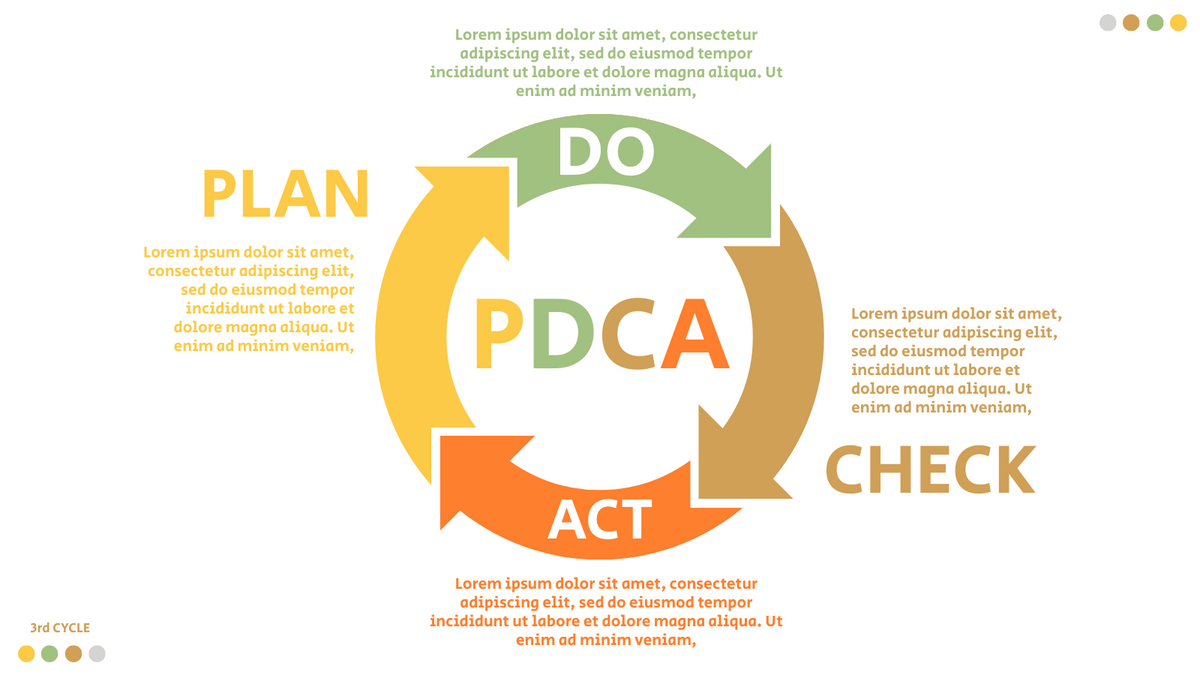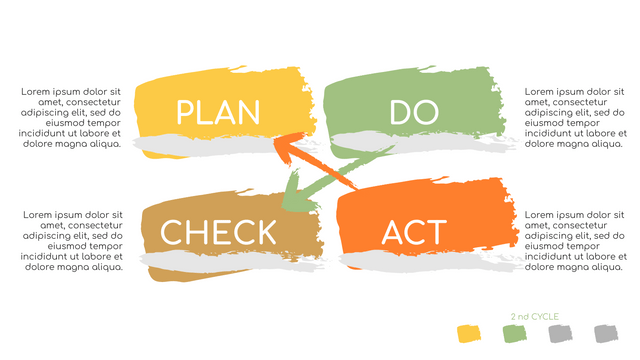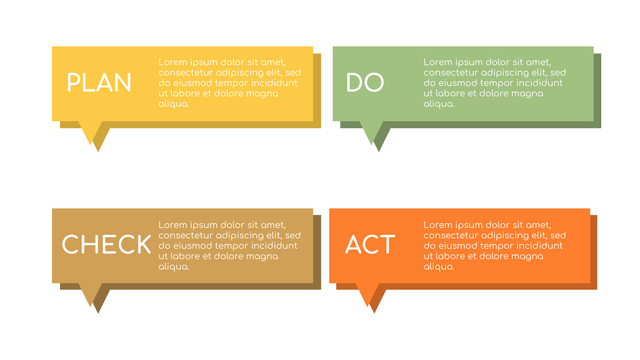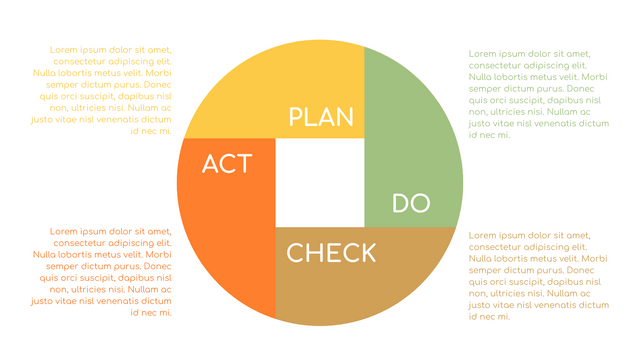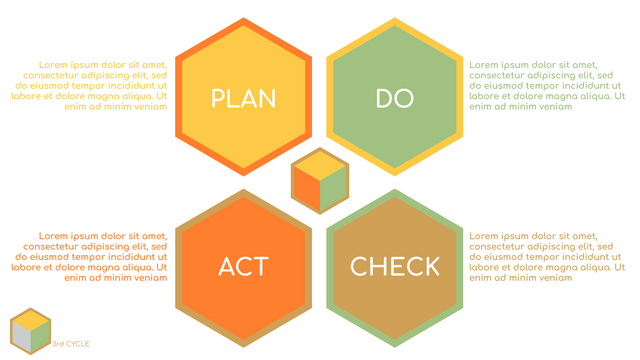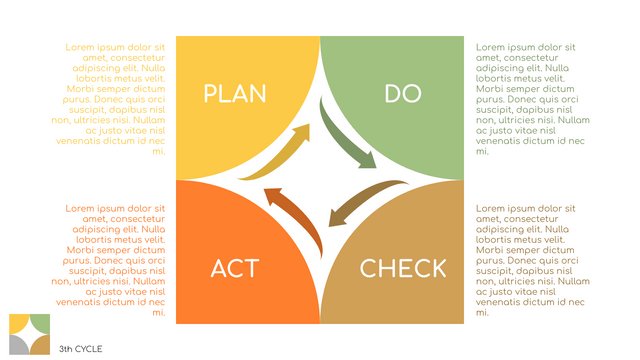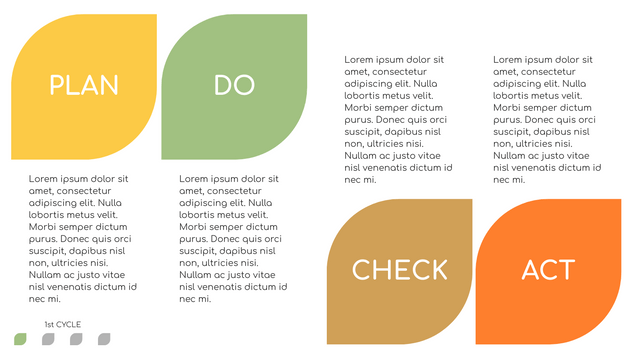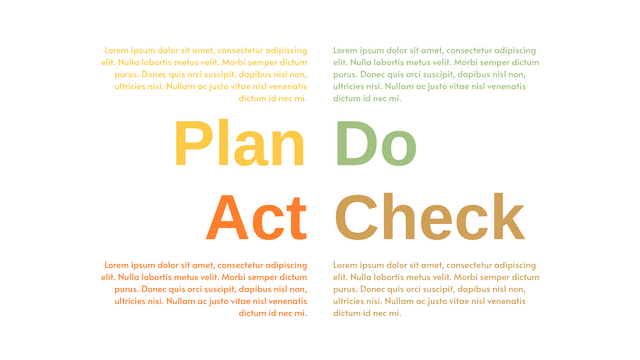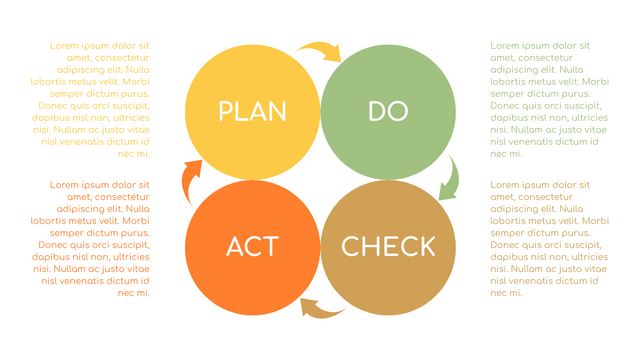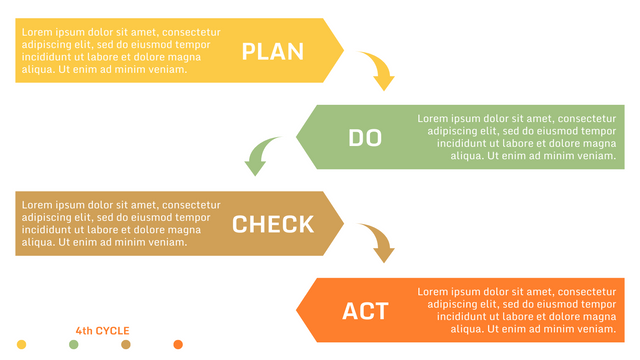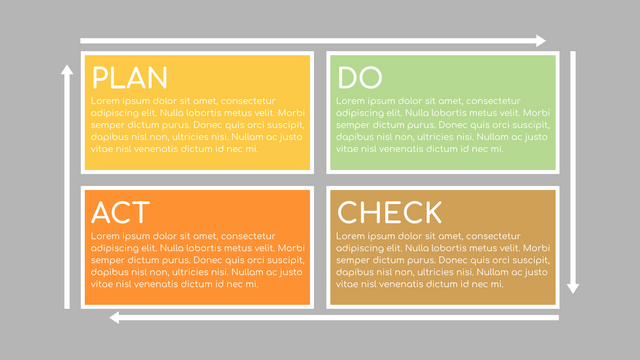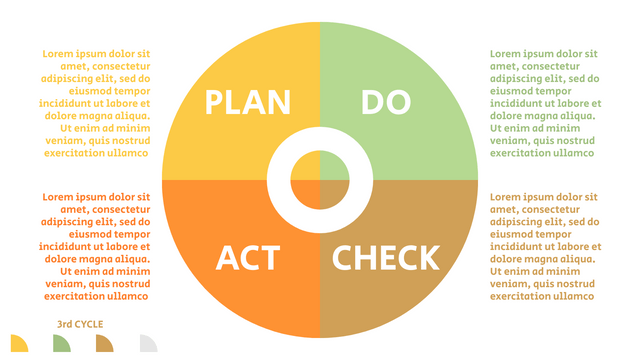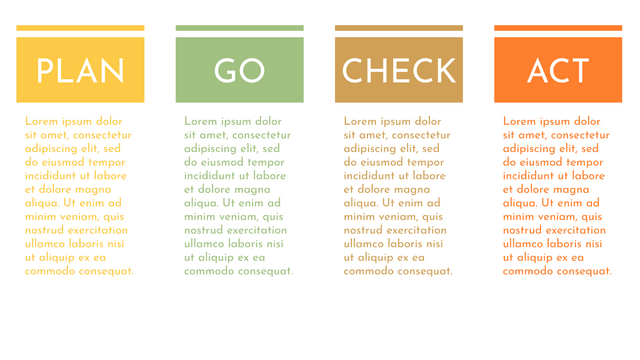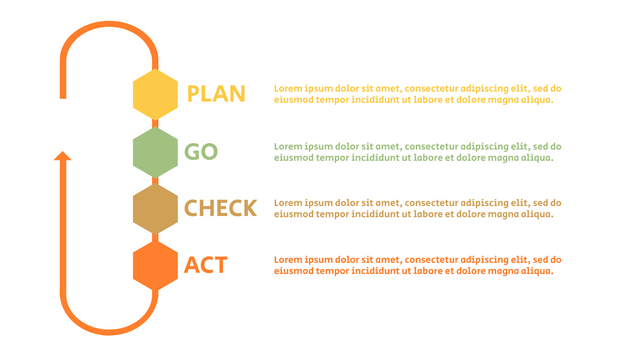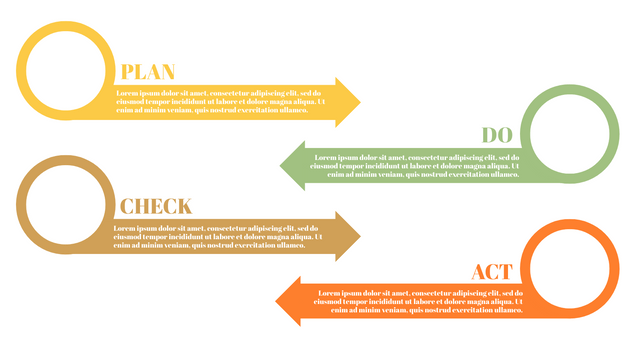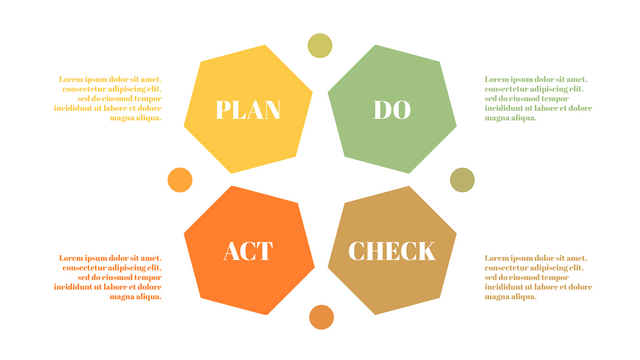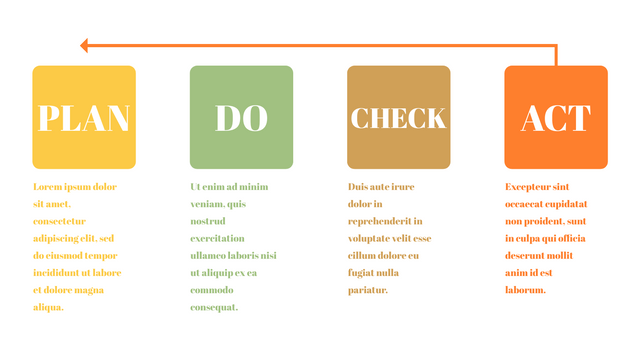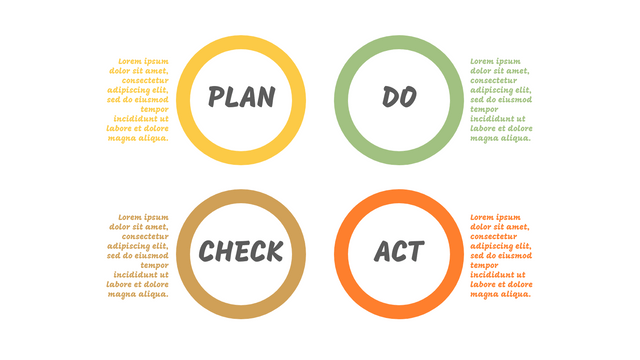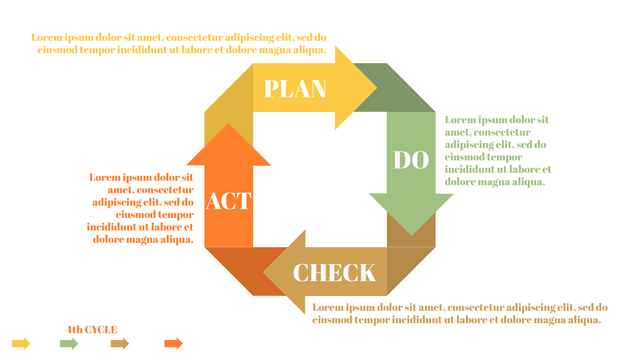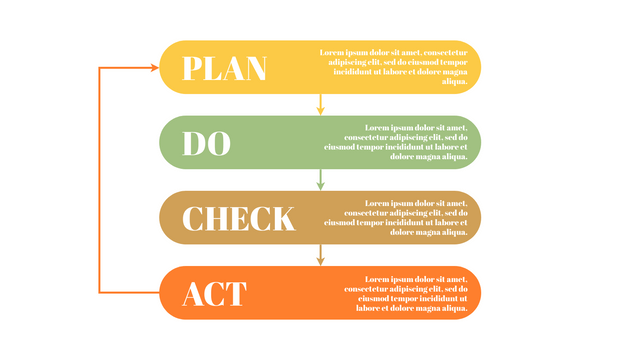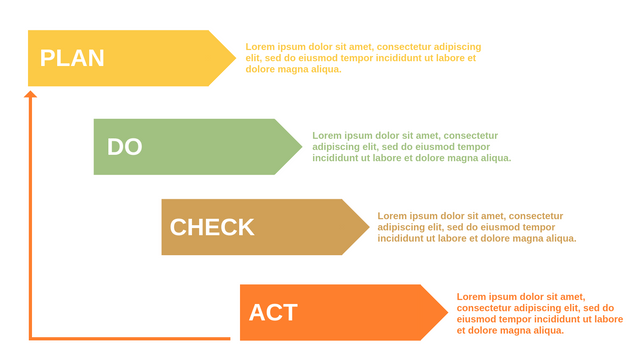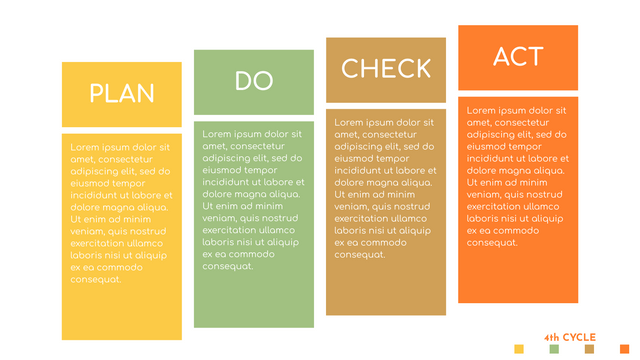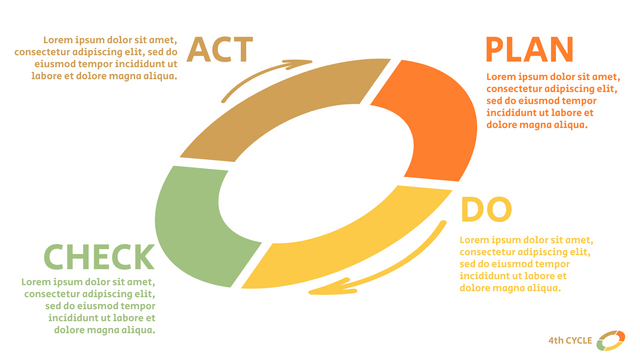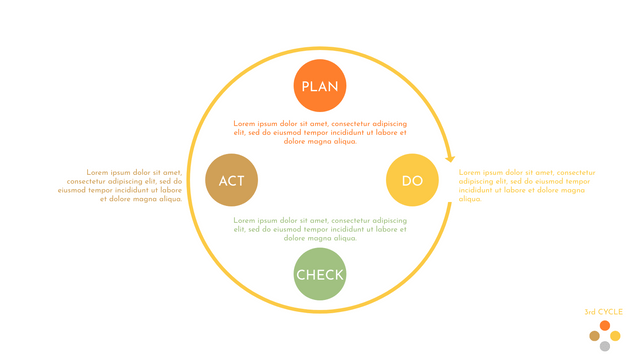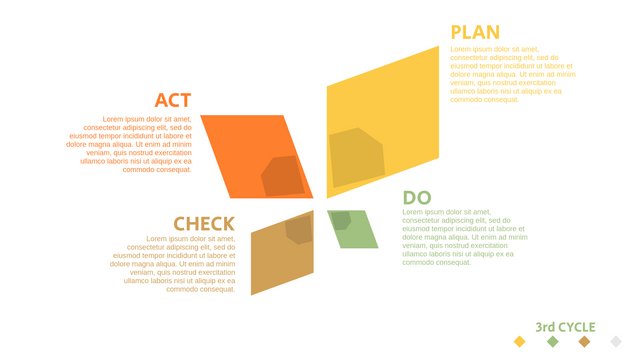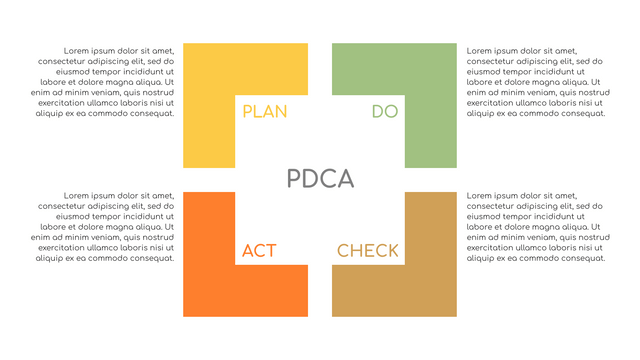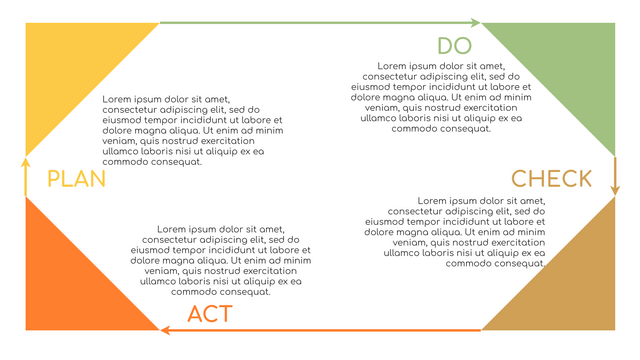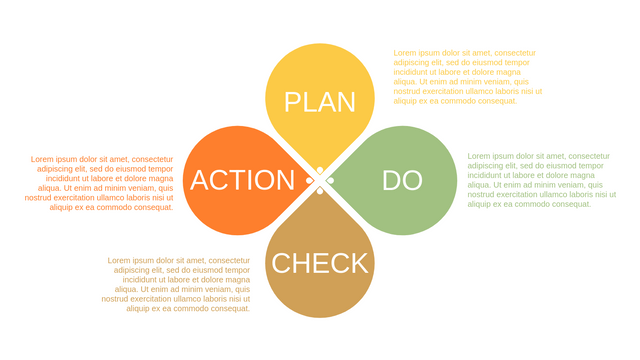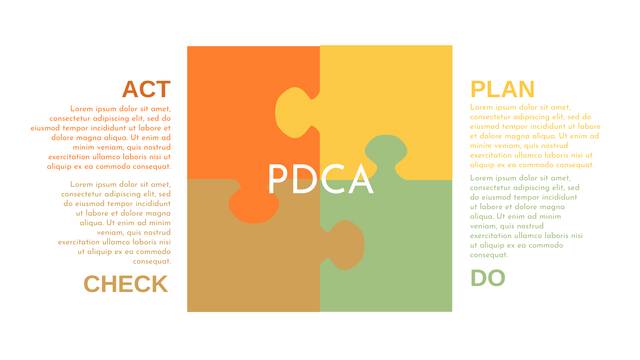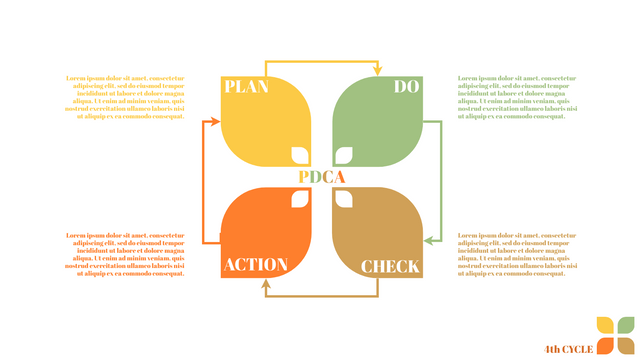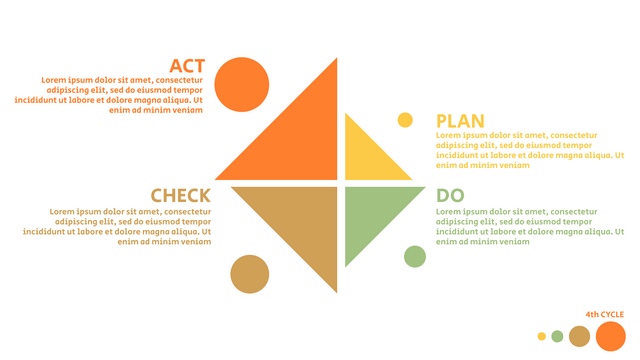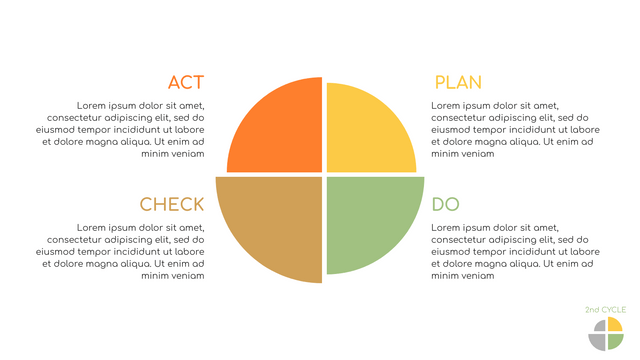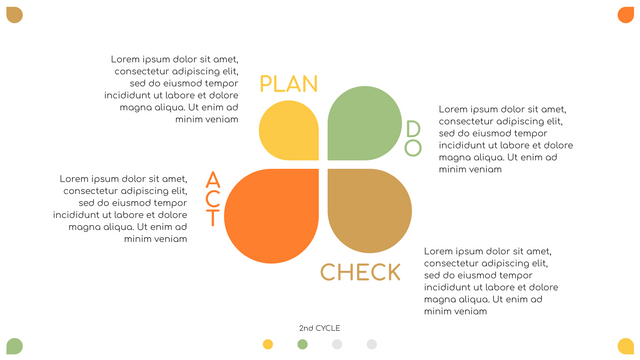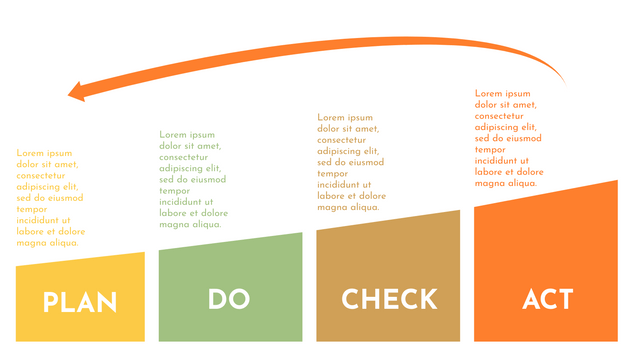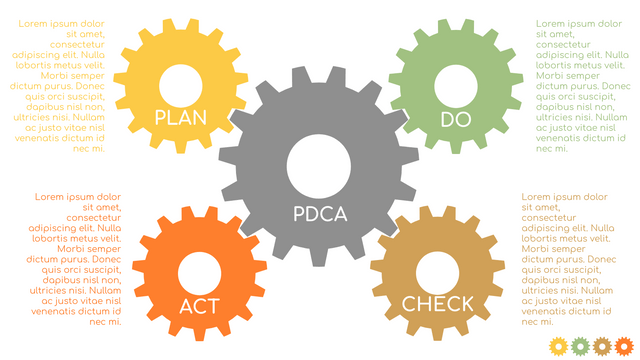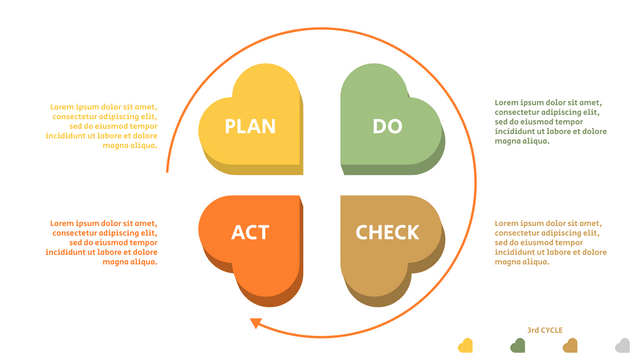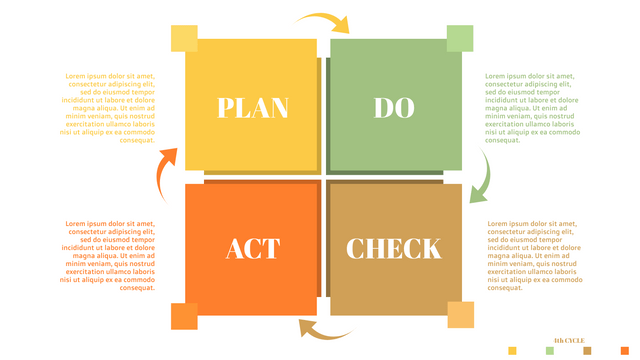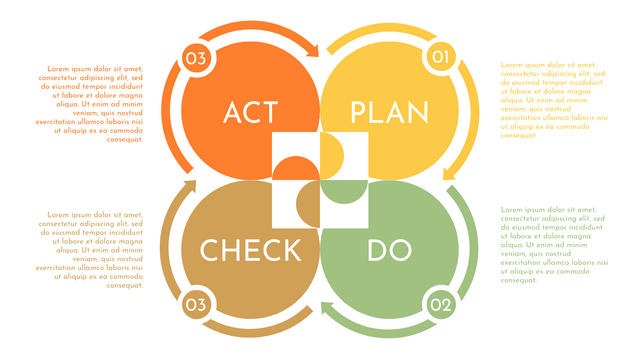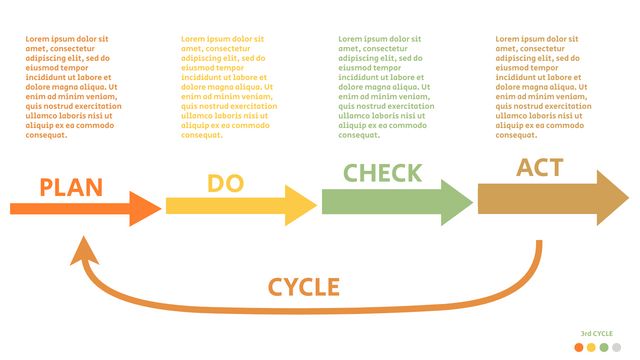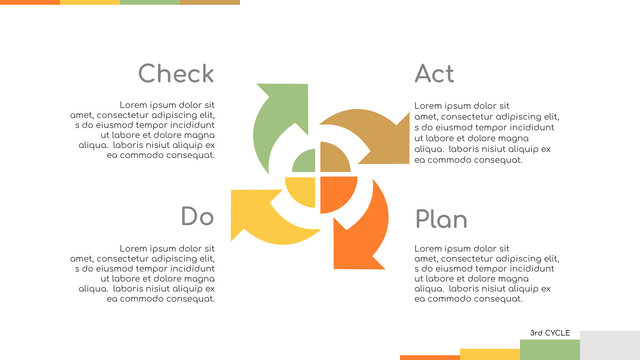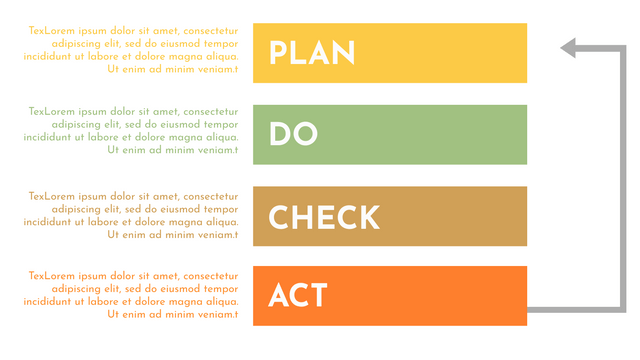PDCA and Toyota Lean Approach
PDCA (plan-do-check-act) was originally developed as a quality control mechanism in Japan during the 1940s. It was carried out to a larger range of businesses soon after. Almost similar to the emergence of PDCA in Toyota's factories in the 1950s, W. Edwards Deming also created the Deming Cycle. In the 1980s, it developed into a learning and development plan-do-study-act (PDSA) cycle. He believed that the PDSA cycle varied from that of the Japanese plan-do-check-act (PDCA) cycle.
Today, PDCA is a valuable method that is part of both Agile and Lean methodologies. It is also an important part of efficient project management, whether Agile or not.
How to Implement PDCA Cycle?
You should incorporate the PDCA cycle as an important part of the work and philosophy of the enterprise. It's easy to incorporate into a wide spectrum of systems and delivers quick results. That's why PDCA is a favorite solution for companies of all sizes and sectors. If you are not part of a company-wide transition of Agile, you should start by taking PDCA into possible areas of change at the team level.
Take, for example, the plan-do-check-act cycle as you:
Establish new operating procedures
Start started a new idea for change
Create a new or updated template for a product, service or process
Plan to gather and analyze data in order to prioritize and validate problems or root causes;
Build a quality assurance culture
Please note that the PDCA should always be used whenever problems arise. The people concerned should spend more time studying the current situation to determine what is wrong or what may be done further in order to start using PDCA. The acquisition of sufficient evidence has an important impact on whether the PDCA can produce useful results.
